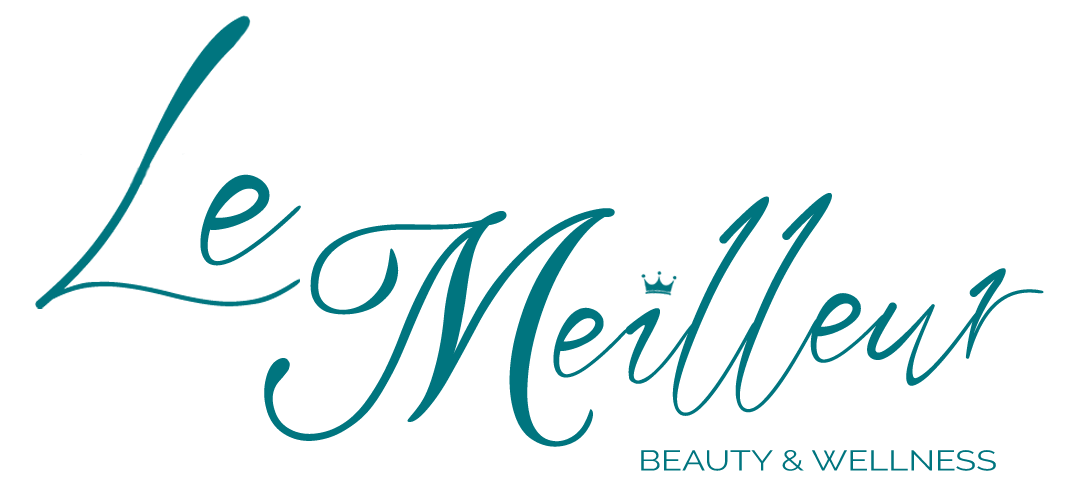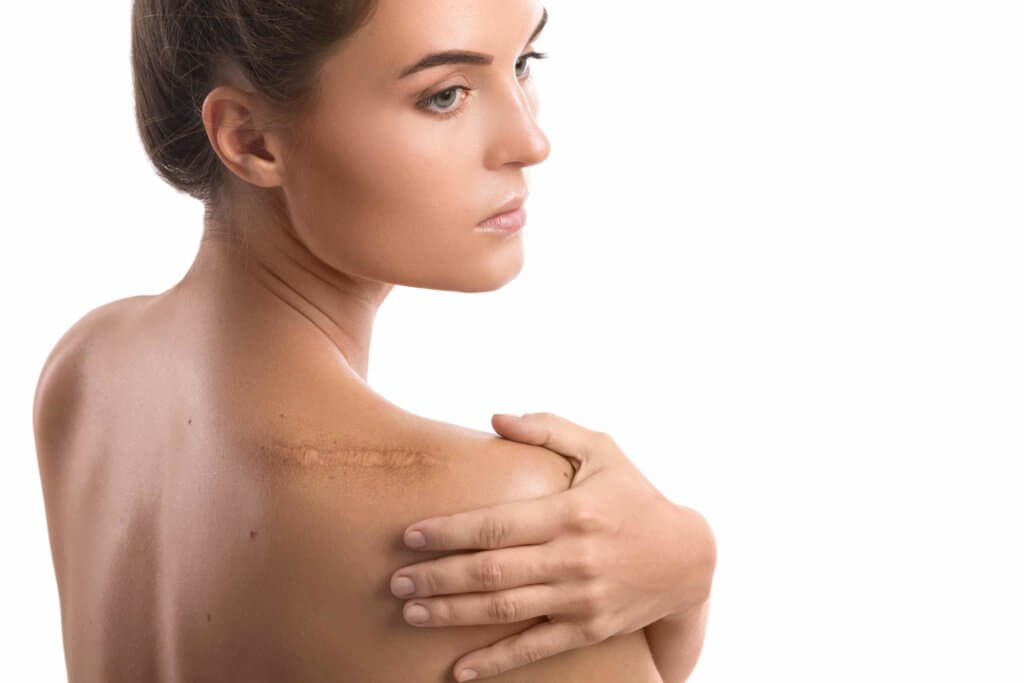Keloid therapy is today’s modern approach to keloid treatment. Acne and any surgery can increase or decrease the skin’s collagen levels. This instance may cause it to develop depressions, pits, or, in some cases, raised areas that are scarred. Scar reduction is the application of non-invasive radiofrequency or RF technology on the skin to decrease scars.
Today, we will discuss some of the most effective treatments related to keloid therapy. Read until the end and discover if this procedure is correct for you.
What is Keloid Therapy?
Keloid therapy can cover many aspects. Surgical removal may be recommended for a very large or older keloid scar. The return rate for keloid scarring can be higher than expected once the surgery is done. Although, the benefits of large keloid removal may outweigh the risk of post-surgery scars.
On the other hand, perhaps the most effective surgery type under keloid therapy is cryosurgery. Also called cryotherapy, this process works by essentially “freezing” away the keloid with liquid nitrogen.
Doctors or healthcare providers may also suggest corticosteroid injections after surgery, significantly reducing inflammation and lowering the risk of the keloid returning.
What are Keloids?
Whenever our skin gets injured, fibrous scar tissues form over the wound in the hopes of repairing and protecting the said injury. In some instances, excessive scar tissue starts to grow and develop smooth, hard growths we all know and call keloids.
These growths can be much larger compared to the original injury. Often, they are found on the cheeks, earlobes, chest, and shoulders. But remember that keloids can still affect any part of the body. Even though they are not harmful to our health, they may create cosmetic concerns.
Keloid Symptoms
As from scar tissue overgrowth, keloid scars become more prominent than the original wound. Keloids may gradually progress before fully developing, taking weeks to months. Symptoms to look out for keloid development can include the following:
- localized sites in the body that are flesh-colored, pink, or red
- skin areas that are lumpy or ridged that’s usually raised
- locations in the skin that continuously grow and become more significant, along with scar tissue over a given period
- a patch of skin that develops itchiness
Causes of Keloids
Most skin injury types may contribute to scarring being prevented by keloid therapy. These causes may include the following:
- acne scars
- flesh burns
- scars from chickenpox
- piercing, especially those done on the ears
- unwanted scratches
- incision sites from surgeries
- skin sites of vaccination
Approximately 10% of us have or will experience keloid scarring. Men and women alike are equally likely to have chances of getting keloid scars. In addition, those with darker skin tones, types, and textures are more prone to keloids.
Keloid Therapy Using Lasers
Your doctor may recommend laser treatment for certain types of scars (including some keloids). Keloid therapy resurfaces the keloid and surrounding skin with high-light beams, creating a much smoother, more toned appearance.
However, the risk of laser treatments making keloids worse can cause an increase in scarring and redness. Although these after-effects are way better than the original scar at times, we may still expect there to be some form of scarring. Laser treatment, with similar benefits and risks, is used for other skin scarring types.
Keloid Therapy Procedure
The radiofrequency used in keloid therapy breaks down the damaged skin to reveal the underlying smooth and even-toned layers. Once the surface layer of pigmented and scarred skin is removed, the undamaged lower layers are exposed. It also enhances the production of new skin in the scarred area.
Anyone who wants to reduce the appearance of an unwanted scar could benefit from our treatments. The process includes a series of treatments to decrease the appearance of spots on healed skin left with evidence of trauma. The total sessions required will significantly depend on the size, depth of the scar, and skin type. Generally, 3-5 sessions are needed to reduce scars effectively.
The Main Goal of Keloid Therapy
The primary goal of keloid therapy is to ensure each client has an excellent experience. Exceptional customer service, pampering, and impressive results for all ethnicities will differentiate from any other medspa experience. Helpful staff wants you to indulge, enjoy and invest in yourself during your downtime. With each treatment, the focus is on assisting patients in achieving their goals.
Prevention Through Keloid Therapy
Treatments for keloid scarring can be complex and not consistently effective. For this reason, it’s essential to try to prevent skin injuries that could lead to keloid scarring. Pressure or silicone gel pads after an injury may also help avoid keloids.
Exposure to sunlight or excessive tanning may discolor the scar tissue, making it slightly darker than your surrounding skin. This factor triggers keloids to stand out more. It is best to keep your scars covered from the sun to help prevent discoloration. You can learn more about sunscreen and other ways to protect your skin when you consult your trusted skin experts.
Long-term Outlook with Keloid Therapy
Even though keloids rarely cause adverse side effects, one may dislike the appearance they show off. You can get keloid therapy and treat keloids at any time, even after years since they appeared. When scars start to bother you, have them checked out right away.
At-home Keloid Therapy
Deciding whether or not to treat your keloids can be challenging. Scarring from keloids can result from the body’s deliberate attempt to repair itself. After keloid therapy, scar tissues may grow back again, and sometimes, it becomes more prominent, unlike before.
In the past, medical procedures always tried to be emulated as at-home treatments. Moisturizing oils, available online, can help maintain soft tissues. These products might help reduce the scar’s size without worsening it. Keloids tend to shrink and become flattered even without treatment after some time.
During initial consultations, doctors or healthcare providers suggest less-invasive keloid therapy treatments like pressure dressings, silicone pads, or injections, especially if the keloid scar is reasonably new. These treatments require frequent and careful applications to become as effective as they can be. Remember to take at least three (3) months to work. Learn about other home remedies for old scars.
Final Thoughts About Keloid Therapy
Keloid therapy can come in many ways, shapes, or forms. The most effective? The answer is the one that works for your particular needs. Consult your trusted doctor or healthcare provider to know if keloid therapy is for you.
Do you want to know more about keloid therapy? Our amazing friends at Le Meilleur Beauty and Wellness can help you today. Visit them now!







